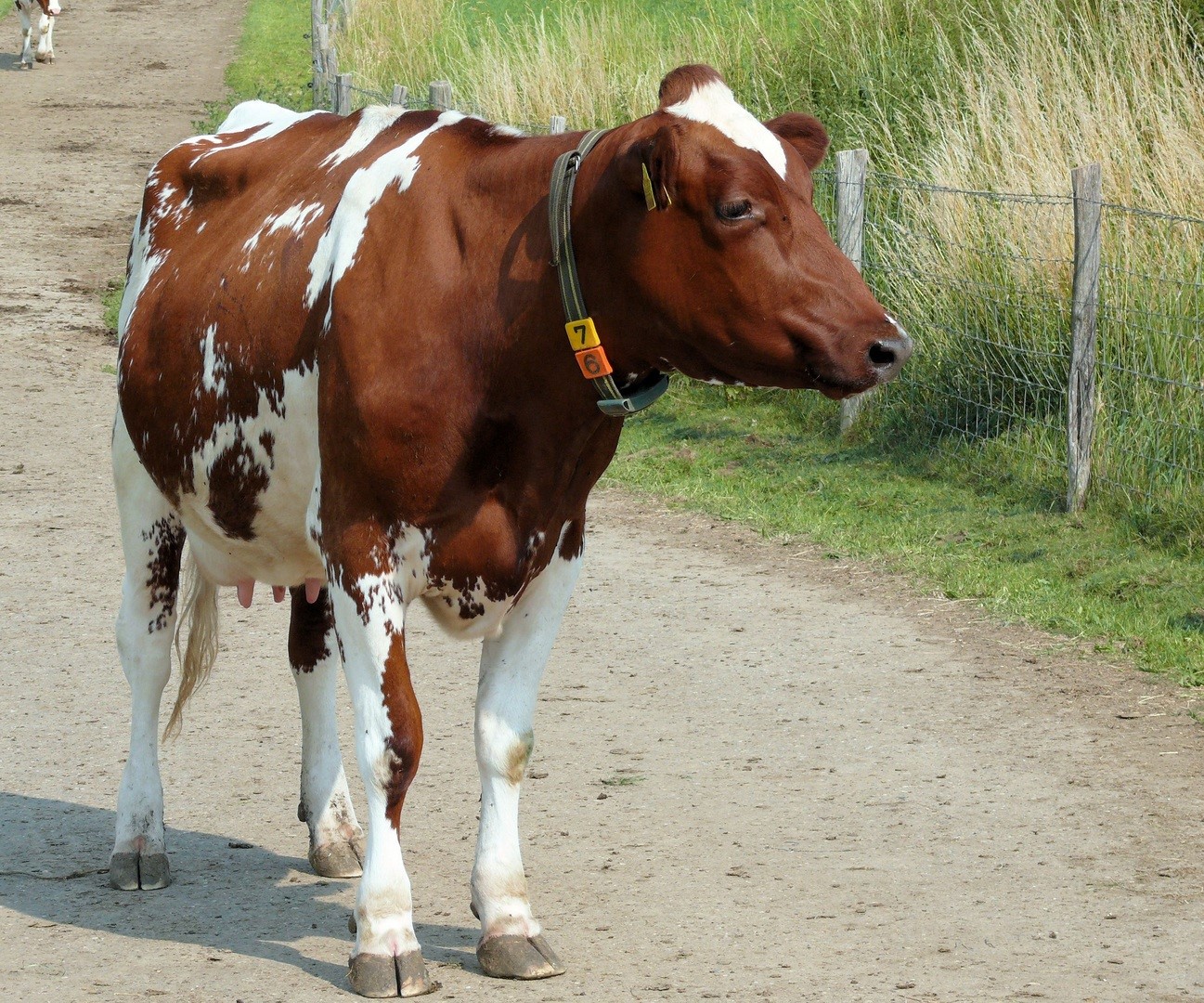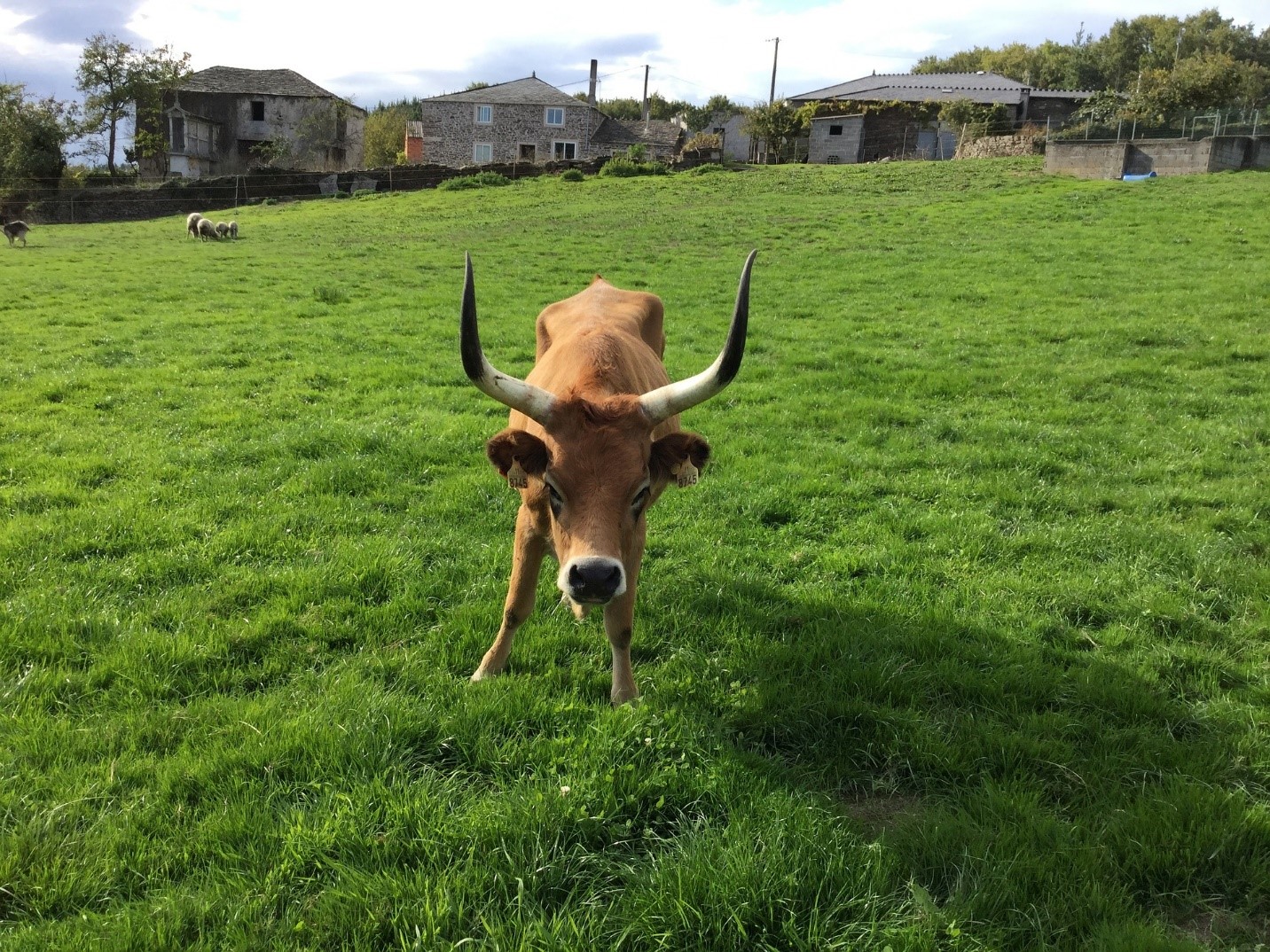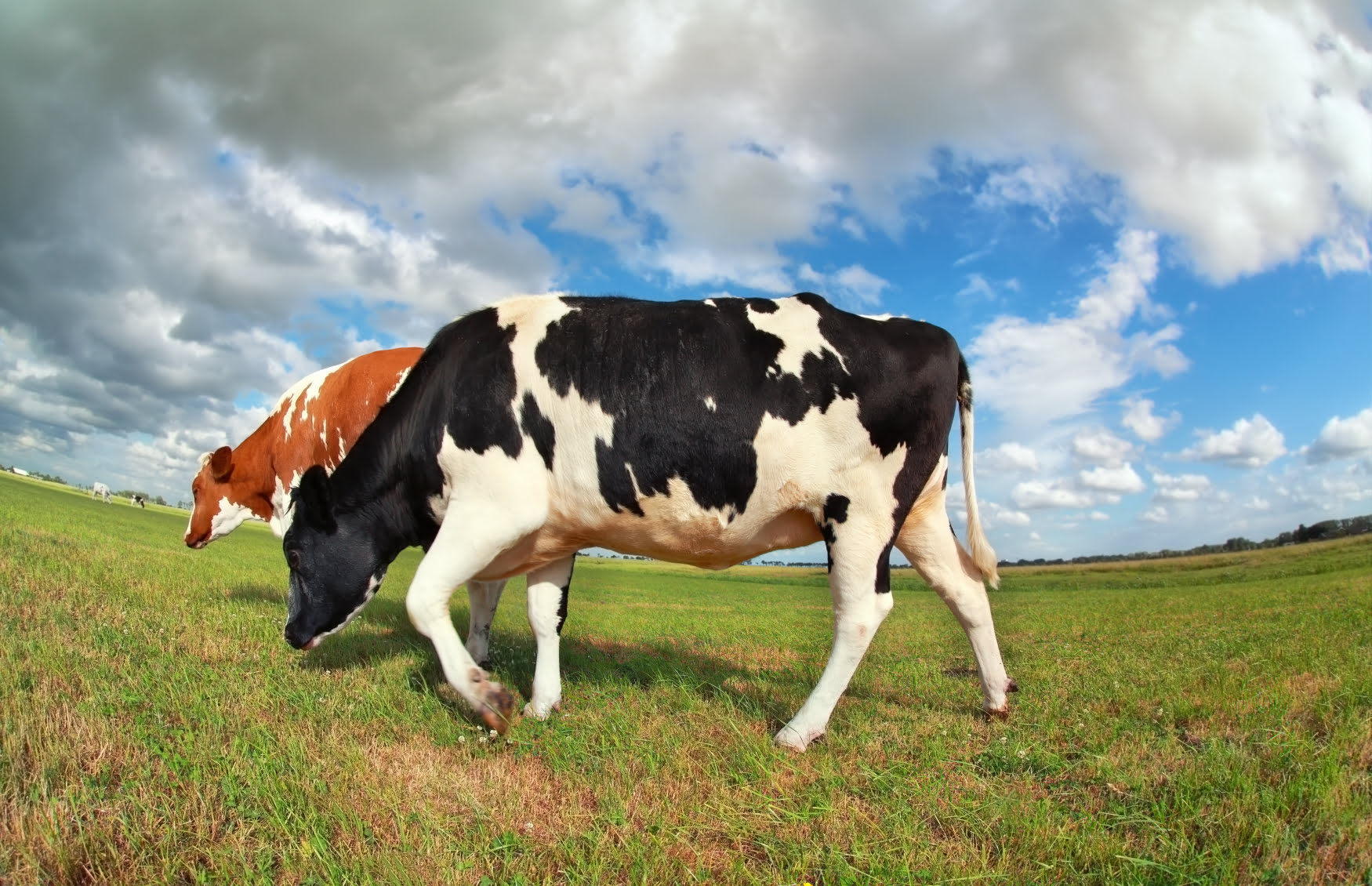Studying pet animals with their body language is quite standard. Dogs wag their tails when they’re happy, horses rub noses to express affection and cats, well cats act like they’re too-cool-for-school most of the time – but those aggravatingly cute creatures are a story for another article!
Not much focus has been given to cows’ body language. It could be because they’re just so darn laid-back most of the time. But there are tons of telltale signs that if you spot, could help you in understanding their behavior so much better.
In this article, we’re going to talk all about how you can understand these complex creatures via their body language.
Let’s begin with the science behind body language signals:
There are mainly 3 reasons for any cow behaviour.
- Need: the cow wants something. Such as food, water, rest, or sleep.
- Stimulus: the cow is reacting to something. For instance, jumping after touching an electric fence.
- Physical urge: the cow is experiencing a physical urge that could be due to pain, sickness, disease, etc.
It can be helpful to study the signal the cow is exhibiting, and then analyse the environment it was exhibited in.
For instance, a cow kicking a milking cluster once could mean a one-off moment of irritation but if the cow continues to do it at every milking, you’ll have to try to analyse the reason behind this repeat behaviour. Is it due to teat injuries? Are flies annoying the cow? Or is the vacuum level too high?
Indicator animals:
You know how in school there would always be someone to raise their hand first during a quiz or a test? Well, cows have them too and in cow speak, they’re called ‘indicator animals’.
Indicator animals are usually the first to send out signals stating that something is wrong. If you can pick out these indicator animals and keep a close watch on them, you can easily spot out issues that will affect the entire group, well in advance.
General common signs:
Healthy calves and cows will show a good stretch once they get up, before relaxing to a normal posture.
But, more time spent standing, most often with an arched back and head and ears lowered is usually seen as a sign of discomfort or discontentment.
Under duress, cattle will bellow, butt heads, or kick their hind legs. This is a sign that an animal is stressed, and the environment needs to be looked at.
Tell-tail signs:
You can also learn a lot about a cow by studying their tails. If the tail is hanging down, that means the cow is just walking or grazing in a relaxed manner. But if the tail is tucked between their legs, it means the cow is sick or cold or frightened.
During mating or if the cow is under some sort of threat, the tail hangs away from the body. While galloping, the tail is held straight out.

Aggression:
Despite all that imagery about lush farms and cows frolicking about, you as a farmer are more than aware of the possible dangers that could take place on a farm. Statistics show that animal-related trauma accounts for 1 out of 5 hospitalised farm injuries.
Here’s a quick glimpse of the injuries caused by the livestock type:
- 14% of injuries are caused by steers and calves
- 33% of injuries are caused by cows
- 46% of injuries are caused by horses
The first choice for any herbivore that’s on the edge, is flight. Before approaching an animal that feels threatened, make sure you have your escape route or safety zone well planned out.
Below, we’re going to translate what a cow feels through its body language, and how a human should respond in such a situation.
Situation 1:
Cow: "I’m scared". A cow that’s afraid will showcase quick, erratic movements. It will have raised ears and a flicking tail. It may also do one or more of the following – bellow, turn sideways, shake its head and horns and paw the ground.
Human: "I hear you". I’m not a threat – The most important way to reassure a threatened cow is to show that you’re not a threat! Turn sideways to decrease your size and walk away diagonally. You can also back away slowly but do not turn your back on the cow and run.
Situation 2:
Cow: “I’m a threat to you, buddy, and I’m going to take you down” – A cow that wants to display its strength will do so by turning sideways, but in this case, to display its full size. It will also lower its head to showcase its horns. The more the head drops, the more dominating its being. It may also start to paw the ground and that usually means big trouble.
Human: “Let’s make peace. What you getting so ruffled about?” – If your instinct tells you that the cow doesn’t pose a huge threat – and especially if it is a small or a young animal, you can call its bluff by just walking towards it and it will back down.
However, if you’re not too familiar with the animal, or you feel that it could attack you, turn sideways and walk away diagonally. If you have no option left but to run, be sure to run at right angles from it. When you run at right angles, the animal gets tired from having to keep changing its direction. This is a trick that matadors or rodeo clowns use when they work with bulls.

Body language classifications:
Research has classified cows’ body language into 6 different zones – ear postures, 4 neck postures and 5 tail behaviours. A research study mapped the body languages of cows in three everyday situations. The three situations included eating, using a mechanical brush and milking.
The study observed 3700 ear and head positions and tail behaviours across 72 cows. From this they concluded the following:
- Having the right ear back and left ear forward is associated with a positive state of being. The left side of the brain is associated with positive emotions and the left side of the brain controls the right side of the body.
- The main body posture during feeding was ears back and neck down and tail wags towards the body.
- While queuing up for the milking robot, most cows’ postures were the same – the ears axial and forward, the neck below the horizontal and tail hanging stationary.
- While brushing, the cows' ears were backward and asymmetric, the neck was horizontal and the tail wagging.
General important points to remember:
- If cow signals are genuine, they will be repeated.
- Observe your cows from large to small, many to few, far to near and then do the same in reverse.
- Cows use signals to assert their rankings – from dominance to submissiveness.
- Cows tend to moo when in heat or if they're hungry.
- Cows feel secure when they have enough to eat, when they know their handler and when they have clear escape routes in sight.
- Each cow tends to have its personal space.
- If you find that more than 10% of the cows are standing, this means that the comfort factor in the stall space has to be improved upon.
- If you can read your cows well, you’ll know what to do. Because…. cows will always tell you what they want!
As dairy and beef farmers, we’re quite well-versed about picking up signals from a cow when it is unwell. Less activity, drop in feed intake and milk production or lying down gets our radars up and how! But body language is not meant to be restricted to only when the cow is unwell.

In addition to that, picking up signals of discomfort, fear, abandonment or irritation could go a long way in giving us valuable insight on how we could provide a cow-comfy environment that’s conducive to high quality and quantity milk production.
This is almost like having a secret telescope into the world of cows. Think of these as clues that you could use to keep your cows feeling safe, comfortable and secure. Because ultimately, a happy cow = high-quality milk!
Until we meet again, Happy Farming!
- The Dedicated Team of Pasture.io, 2021-02-15